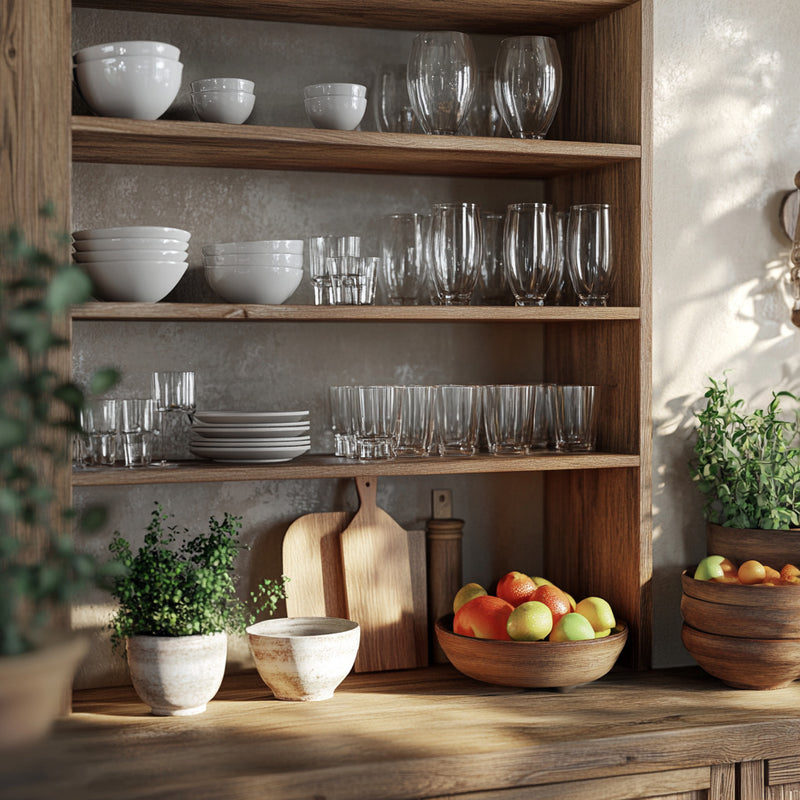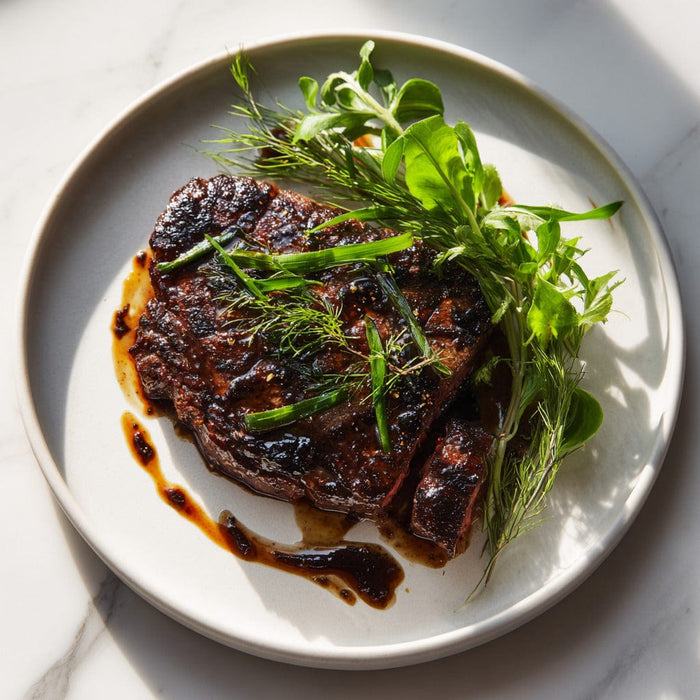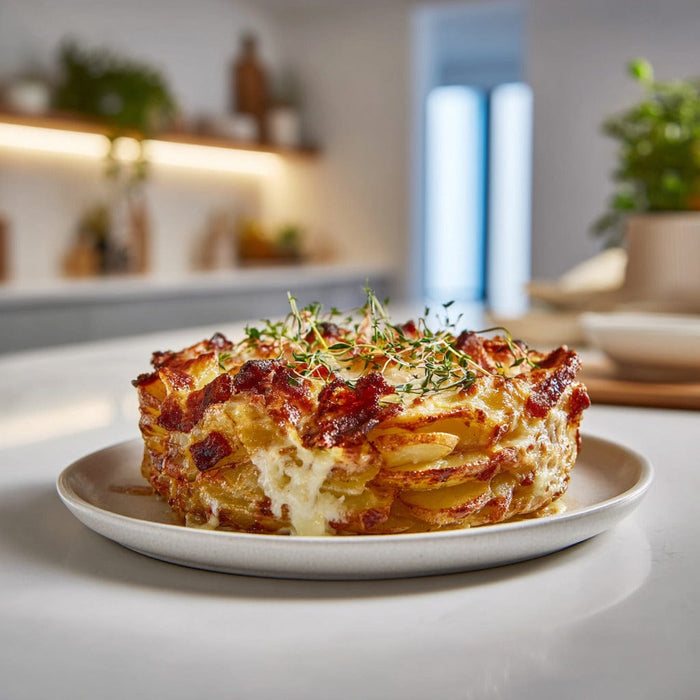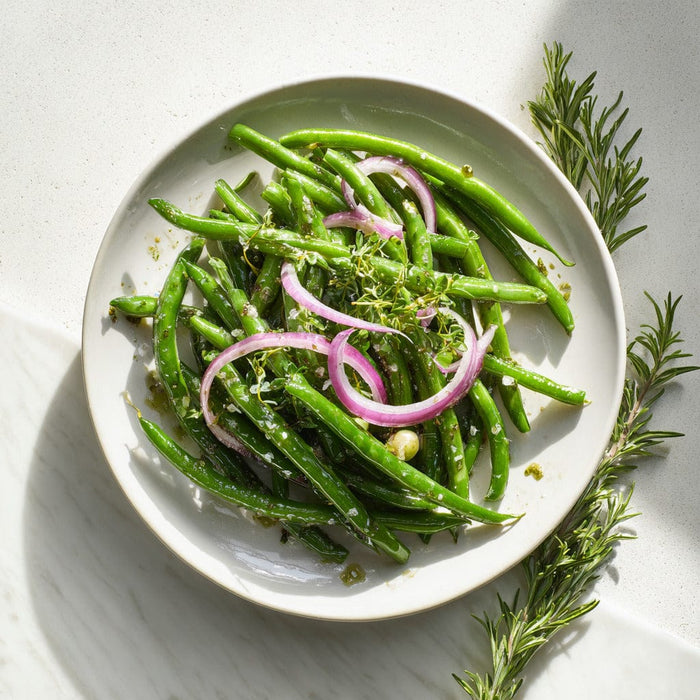
The Great Cup Storage Debate: Should You Store Cups Facing Up or Down?
In the world of kitchen organization, few questions spark as much debate as the age-old dilemma: should you store your cups and glasses right side up or upside down? This seemingly simple question has stirred opinions among home cooks, professional organizers, and kitchen enthusiasts alike. As we delve into this topic, we’ll explore the pros and cons of each method, drawing insights from experts and sharing some humorous anecdotes along the way.
Understanding the Upside-Down Storage Method
Many individuals opt to store their cups and glasses upside down, believing this method protects the interiors from accumulating dust, dirt, and even the occasional spider. This approach is particularly effective for items that are seldom used, such as vintage barware or special occasion glassware. Imagine a beautifully crafted crystal wine glass, shimmering in the light, safely tucked away upside down on an open shelf, free from the worries of dust settling inside.
Upside-down storage is a practical choice for those who prefer an aesthetically pleasing display while minimizing maintenance. It significantly reduces exposure to debris, making it an excellent option for decorative pieces that might otherwise gather dust in a less frequently accessed area.
The Case for Right-Side-Up Storage
On the flip side, storing cups and glasses right side up has its own set of advantages, especially for items used on a daily basis. Professional organizer Aaron Traub emphasizes that this method helps avoid moisture buildup, which can occur when cups are stored upside down while still damp. Imagine reaching for your favorite coffee mug in the morning, only to find it damp and uninviting—definitely not the best way to start your day!
Additionally, right-side-up storage protects fragile rims from chipping, making it a sensible choice for delicate glassware. The ease of grabbing an upright cup streamlines your daily routine, allowing for quick access when you need it most. Experts agree that this method is particularly beneficial when items are stored in closed kitchen cabinets, where the doors shield them from dust.
Expert Recommendations: Finding Your Best Fit
Ultimately, there is no one-size-fits-all solution to this kitchen conundrum. The method you choose should align with your usage patterns and storage conditions. Here’s a breakdown of expert recommendations:
- Upside-Down: Best for seldom-used, decorative, or vintage items prone to collecting dust. Ideal for glasses stored on open shelves.
- Right-Side-Up: Preferable for everyday use cups to avoid potential moisture issues, expedite access, and protect rims from chipping.
For those with tight storage spaces, Traub suggests using shelf risers to maximize vertical space and allow airflow around damp glassware, ensuring that your cups are both accessible and well-maintained.
The Final Takeaway: Personal Preference Matters
Shara Kay from SK Organizing highlights that the choice between storing cups up or down ultimately comes down to personal preference and practicality. Some individuals may lean towards upside-down storage out of habit, while others find that a hybrid approach works best. For instance, cups you reach for daily can be stored upright, while those reserved for special occasions can be flipped upside down to protect against dust.
Reflecting on my own experiences, I recall a memorable incident involving a stainless steel water bottle that had been stored upright. A spider had made its home inside, leading to a rather startling surprise when I went to take a sip! This humorous mishap underscores the unpredictability of storage decisions—sometimes you find yourself firmly in the "Team Cups Up" camp, while other times, "Team Cups Down" feels more appropriate.
Practical Questions to Consider
If you’re still torn between the two methods, consider these practical questions:
- Do I use this cup/glass daily?
- Is it fragile or prone to chipping?
- Will it gather dust in its current location?
- Is there a risk of trapped moisture when stored upside down?
By answering these questions, you’ll be better equipped to make your own decision on this classic kitchen debate.
Key Takeaways
- Upside-Down Benefits: Protects against dust and insects; ideal for infrequent-use or open shelf storage.
- Right-Side-Up Benefits: Practical for daily use; avoids moisture buildup; faster and easier access; protects rims.
- Professional organizers recommend choosing based on usage frequency, glass fragility, and cabinet design (open vs. closed).
- A hybrid approach works best for most households.
So whether you're "Team Cups Up" or "Team Cups Down," the choice lies with you and your lifestyle! Embrace your unique kitchen organization style and enjoy the process of creating a space that works for you.




